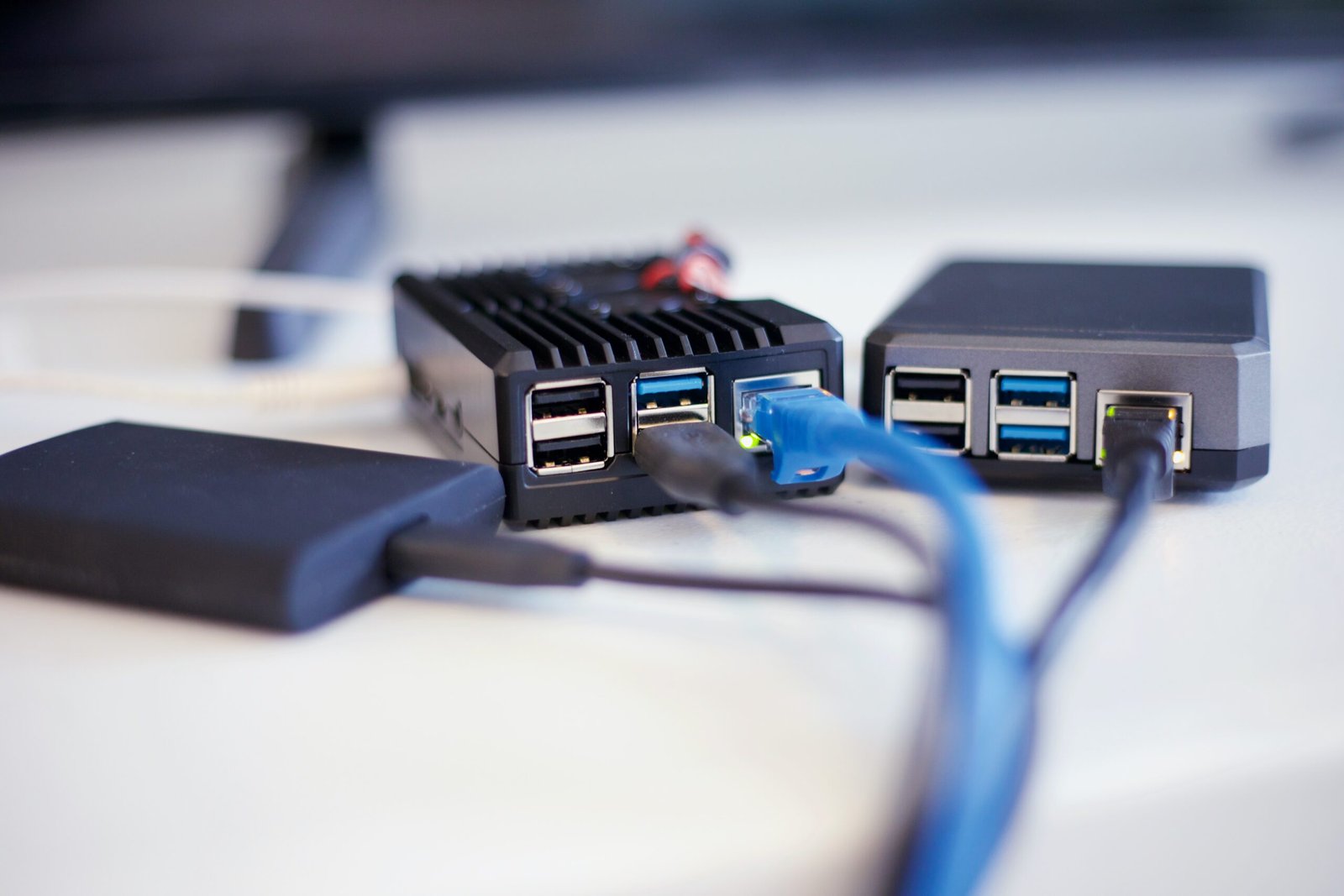
Networking
Computer networking has revolutionized the way we communicate and access information, forming the backbone of the modern digital era. With a history rich in innovation, networking technology has evolved to connect people, devices, and resources across the globe. This comprehensive guide delves into the inception, role, and critical communication network interfaces establish within a computer. We’ll also explore the importance of keeping your networking components up to date and the benefits they bring to your digital world.
Invention and History
The origins of computer networking can be traced back to the early days of computing, when engineers and scientists sought to establish communication between distant machines. The concept of a “network” in the digital sense began to take shape with the creation of ARPANET (Advanced Research Projects Agency Network) in the late 1960s. This revolutionary project paved the way for the development of the internet.
Ethernet, one of the most widely used networking technologies today, was first standardized in the 1980s, transforming the way computers could connect within local networks. Meanwhile, wireless networking technology, epitomized by the introduction of Wi-Fi in the late 1990s, liberated us from the confines of physical cables.
Role of Network Interfaces in a Computer
Network interfaces, whether wired (Ethernet) or wireless (Wi-Fi), serve as the conduits through which your computer communicates with other devices and the broader digital world.
Their core functions include:
- Data Transmission: Network interfaces transmit and receive data packets, allowing your computer to communicate with other devices on the same network or access the internet.
- Physical Connectivity: Wired network interfaces (Ethernet) connect your computer to a local network or a broadband modem via physical cables. Wireless network interfaces (Wi-Fi) provide the same connectivity but through radio signals.
- Device Identification: Each network interface is identified by a unique hardware address (MAC address), ensuring data is correctly routed to and from your computer.
- Driver Management: Software drivers enable your computer’s operating system to control and manage network interfaces, ensuring proper functionality and compatibility.
Communication with Other Components
Network interfaces are integral to the efficient operation of various components within your computer:
- Operating System: They provide the bridge between the operating system and external networks, enabling data transfer, configuration, and network management.
- Central Processing Unit (CPU): The CPU interacts with network interfaces to manage data processing and ensure the data is correctly transmitted and received.
- Memory (RAM): RAM is used to buffer data during transmission, providing a temporary storage space that allows for efficient data transfer.
Keeping Your Networking Hardware and Drivers Updated
Regularly updating your networking hardware and drivers is essential for several reasons:
- Security: Updates often include patches to address vulnerabilities, ensuring your network remains secure from potential threats.
- Performance: Updates can optimize the functionality of your network interfaces, potentially improving data transfer speeds and reliability.
- Compatibility: Networking updates can resolve compatibility issues, ensuring seamless integration with other devices and networks.
Applications and Benefits
Computer networking has a profound impact on our digital lives. From enabling communication and data exchange to facilitating remote work and online entertainment, the benefits are numerous:
- Remote Work: Networking technology empowers remote work by connecting employees to corporate networks, enabling collaboration and access to resources from anywhere in the world.
- Entertainment: Streaming services, online gaming, and social media all rely on networking technology to provide seamless and immersive digital experiences.
- Research and Education: Networking technology enables access to vast repositories of knowledge and facilitates collaborative research and learning.
Conclusion
Computer networking is the digital fabric that weaves together the modern world. Understanding the role of network interfaces, their history, and the significance of keeping them updated is paramount in the interconnected digital landscape.
Whether you’re a professional, a student, or simply an internet user, the applications and benefits of networking technology are immeasurable. Its evolution has reshaped the way we live, work, and interact with the digital realm. By appreciating the role of network interfaces and the importance of staying up to date, you can harness the full potential of computer networking, enabling you to navigate the vast digital ecosystem with confidence and ease.
